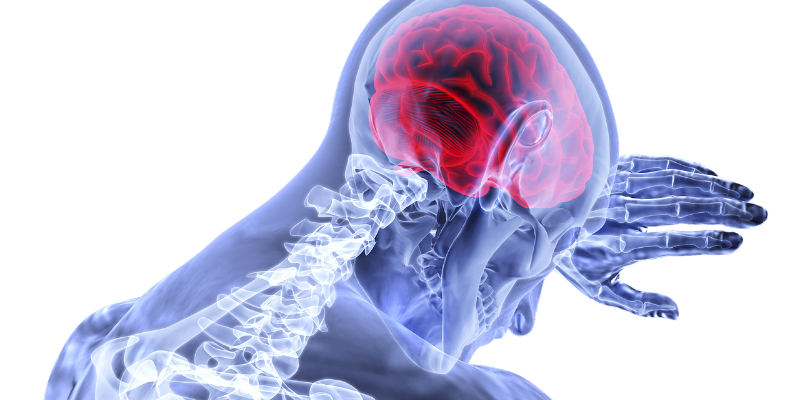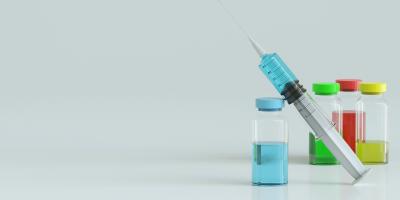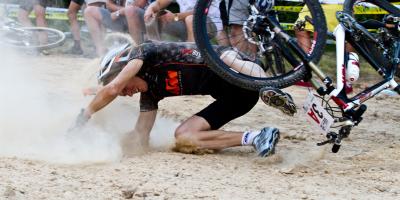Stroke is the most frequent cause of disabilities among adult Poles. Every 8 minutes someone in Poland has to face the struggle with this usually severe affliction; each year, some 75 thousand Poles suffer a stroke.
In Poland, 70 percent of stroke patients become permanently disabled and require constant rehabilitation.
“While stroke morbidity figures in Poland are similar to those of other European countries, our country has higher stroke-related mortality and disability levels than other societies in Western Europe," says Dr. Anetta Lasek-Bal, Chief Physician of the Neurology Department with a Post-Stroke Care Unit at Górnośląskie Centrum Medyczne in Katowice.
She makes a point that stroke-related mortality in Poland is largely influenced by co-morbidity, insufficient prevention and education in terms of the early identification of signs and symptoms, and also limited access to proper, comprehensive therapy during the acute phase of the disease.
When provided early enough, specialised medical treatment improves the chance of full recovery. That is why patient transport times and the early identification of stroke signs are of essential importance.
Causes and risk factors
Most strokes result from the disturbance of blood supply to brain, which is caused by a blockage. Other strokes involve a haemorrhage, which damages brain structure as a result of a broken blood vessel in the brain.
Arterial hypertension is a major cause of both ischemic and haemorrhagic strokes. An equally dangerous condition which causes the occlusion of brain arteries is atherosclerosis.
It is estimated that approx. one in three strokes are attributable to a heart condition, including especially atrial fibrillation, which increases the risk of stroke fivefold. Excessive lipid levels (including cholesterol), diabetes, overweight, sedentary lifestyle and smoking are also at fault. Preventing and treating these conditions and also quitting bad habits can reduce the risk of stroke.
Don’t underestimate the signs and symptoms Stroke usually manifests itself suddenly, most frequently involving facial asymmetry (with a drooping corner of the mouth) and weakness in the limbs (e.g. arms and legs).
These may be accompanied by speech and cognitive disorders, with patients being unable to properly articulate and/or understand words.
Other alarming signs include visual disturbances, sudden dizziness with disturbed balance, nausea, vomiting, difficulty swallowing, arm or leg paralysis on the one side of the body, and impaired consciousness.
How to react
If you’re suspecting that you or someone else may be having a stroke, call medical help immediately. Even if the neurologic signs have completely disappeared, you still need to go to hospital! Once the symptoms have disappeared, you may feel the danger is no longer there, but it’s wrong – the stroke can occur in the next few days.
It is believed that about 20 percent of severe-stroke patients ignored the early symptoms because they have temporarily gone.
The most effective way of treating stroke is thrombolysis. It involves breaking down blood clots, which have caused the occlusion or closure of a brain artery, by pharmacological means. Remember, however, that this treatment can be employed no longer than 4.5 hours after the stroke has started!
As Dr. Lasek-Bal points out, the number of patients in Poland who undergo such early therapy is rising, though it still falls way short of other Western European countries.









Comments (0)